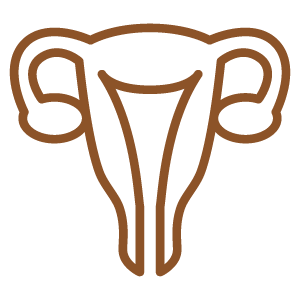Altun, M.L., Çitoğlu, G.S., Yilmaz, B.S., & Coban, T. (2008). Antioxidant properties of Viburnum opulus and Viburnum lantana growing in Turkey. International Journal of Food Sciences and Nutrition, 59(3), 175-180. https://doi.org/10.1080/09637480701381648
Groves, M. N. (2016). Body into balance: An herbal guide to holistic self-care. Storey Publishing.
Jiao, M., Liu, X., Ren, Y., Wang, Y., Cheng, L., Liang, Y., Li, Y., Zhang, T., Wang, W., & Mei, Z. (2022). Comparison of herbal medicines used for women’s menstruation diseases in different areas of the world. Frontiers in Pharmacology, 12, Article 751207. https://doi.org/10.3389/fphar.2021.751207
Kajszczak, D., Zakłos-Szyda, M., & Podsędek, A. (2020). Viburnum opulus L.—A Review of Phytochemistry and Biological Effects. Nutrients, 12(11), 3398. https://doi.org/10.3390/nu12113398
McIntyre, A. (2019). The complete herbal tutor. Aeon.
Polka, D., Podsędek, A., & Koziołkiewicz, M. (2019). Comparison of Chemical Composition and Antioxidant Capacity of Fruit, Flower, and Bark of Viburnum opulus. Plant Foods for Human Nutrition, 74(4), 436-442. https://doi.org/10.1007/s11130-019-00759-1
Rop, O., Reznicek, V., Valsikova, M., Jurikova, T., Mlcek, J., & Kramarova, D. (2010). Antioxidant Properties of European Cranberrybush Fruit (Viburnum opulus var. edule). Molecules, 15(6), 4467-4477. https://doi.org/10.3390/molecules15064467
Saltan, G., Süntar, I., Ozbilgin, S., Ilhan, M., Demirel, M.A., Oz, B.E., & Akkol, E.K. (2016). Viburnum opulus L.: A remedy for the treatment of endometriosis demonstrated by rat model of surgically-induced endometriosis. Journal of Ethnopharmacology, 193, 450-455. https://doi.org/10.1016/j.jep.2016.09.029
Wood, M. (2009). The Earthwise Herbal: A Complete Guide to New World Plants, Volume II. North Atlantic Books.












